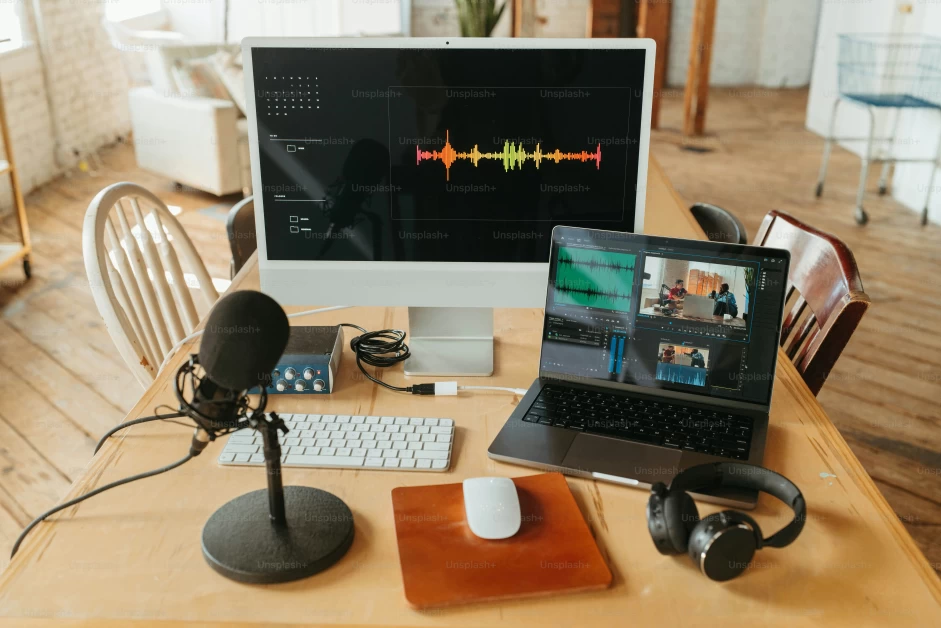Table of Contents
Trading
In the world of trading, AI tools have revolutionized the way investors approach the market. These tools not only make trading more accessible but also enhance efficiency and personalization. One notable example is Robinhood, a popular trading app that has successfully leveraged AI to differentiate itself from competitors.
AI in Stock Picking
AI has also emerged as a formidable player in stock picking. In a groundbreaking experiment conducted in 2023 by financial comparison site finder.com, an AI-powered chatbot called ChatGPT outperformed some of the most popular investment funds in the UK. The chatbot selected a basket of stocks, and between March 6 and April 28, the dummy portfolio gained 4.9%, while the average loss for 10 leading investment funds was 0.8%.
Another experiment compared the stock-picking abilities of two AI chatbots, Bard and Bing. Over a three-week period, Bard’s investments outperformed a human reporter and even the S&P 500. These experiments highlight the potential of AI in trading and investment. While AI tools are not designed to replace human judgment, they provide valuable insights that can help traders make informed decisions.
Art
AI tools have also made significant contributions in the field of art, showcasing their creative potential. For instance, the legendary musician Paul McCartney used an AI tool to create a new Beatles record. This tool analyzed and learned from the musical styles of McCartney and John Lennon, generating a song that bore a striking resemblance to their past collaborations.
Controversies in AI-Generated Art
However, the use of AI tools in art has sparked some controversies. Steam, a popular gaming platform, has reportedly been rejecting games that incorporate AI-generated art, raising questions about the role of AI in creative processes and the authenticity of AI-generated art.
Legal battles have also ensued, with artists suing AI companies, potentially challenging existing legal precedents around art.
Success in the Market
Despite the controversies, art created with AI tools has achieved remarkable success in the market. In 2018, Christie’s, a renowned auction house, sold its first piece of AI art named the Portrait of Edmond Belamy for a staggering $432,500, which was over 40 times the initial estimate.
As technology continues to evolve and improve, we can expect to see even more innovative applications of AI tools in trading and art. These cases demonstrate the transformative potential of AI in these fields.







